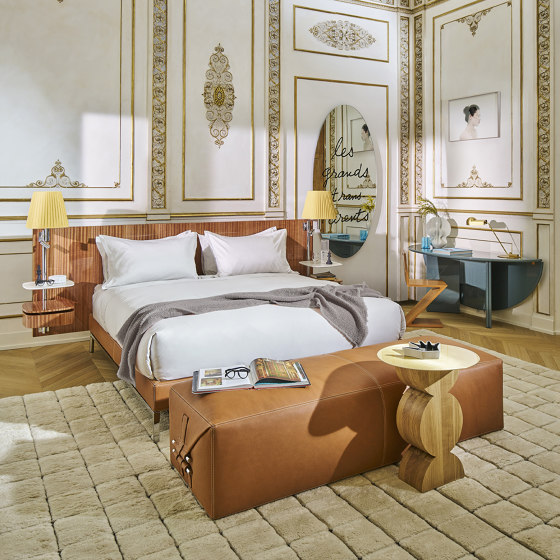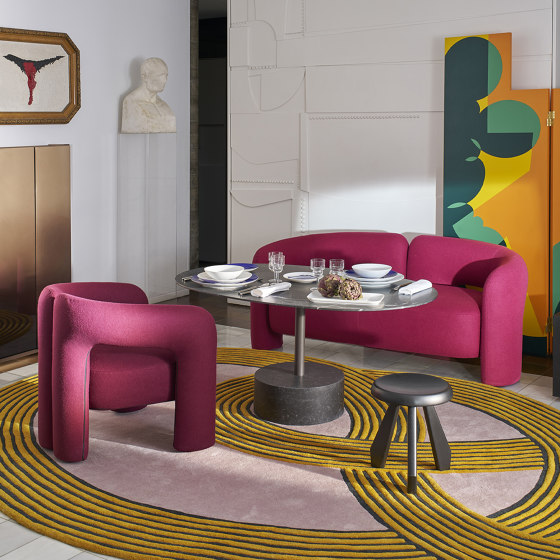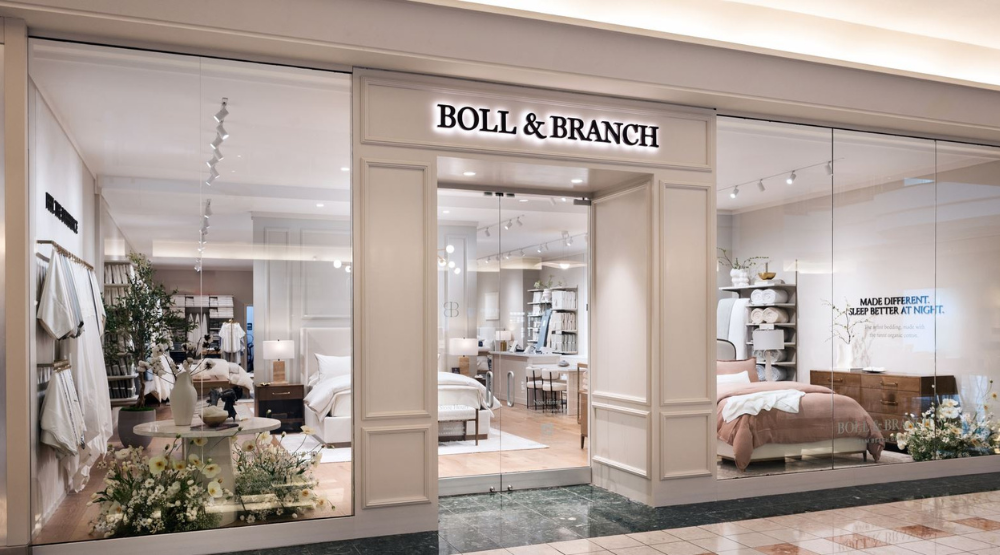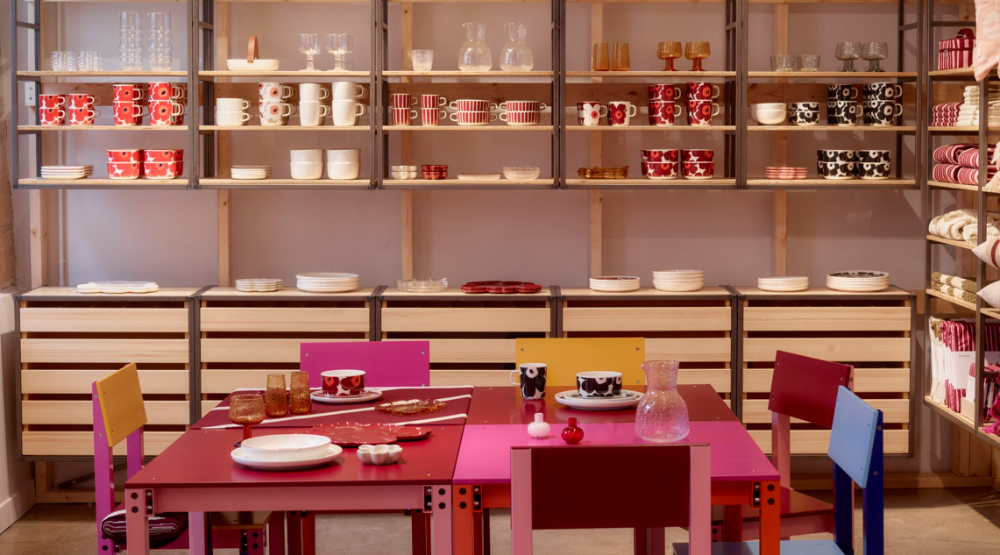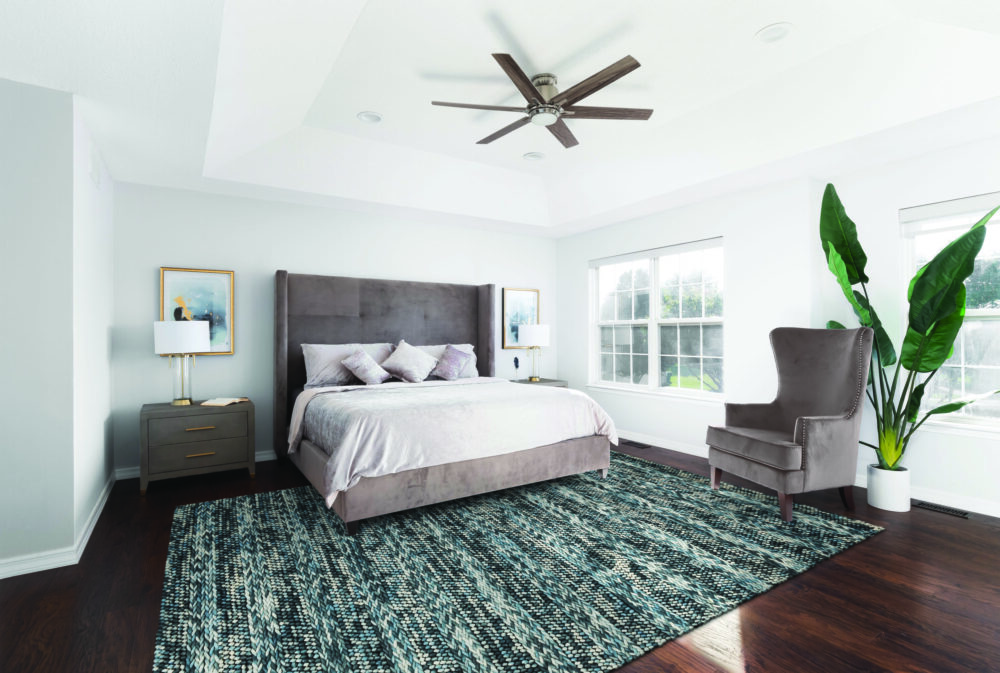Are we getting the conversation wrong about tariffs? | Cindy W. Hodnett

As anyone in the industry knows, we all come away from High Point Market with visions of furniture swirling in our heads, inspired by some of what we saw and at times, perplexed by a few things as well.
As last week’s fall market wrapped up and the final showrooms were visited, I heard a few comments from industry leaders that stuck with me and are prompting new thoughts about tariffs beyond the soundbites.
Tariff apathy
There is an “aha” moment gaining some momentum throughout the industry, one I’ll reference as tariff apathy. It’s not tariff fatigue in that beaten-down sort of way, but instead the realization that “it is what it is” if you will.
The many conversations held over the past 11 months that began with “we are focused on what we can control” are the precursors to this thought train, but now they have been expanded with phrases like “the new normal,” “tariffs are what they are” and “the costs have been worked into the numbers.”
This acceptance and “moving on” is a positive mental mindset for many, and it leads to the next “you’ve got a point” postulation.
Why consumers buy
This one makes so much sense that we all should try to remember it. Why do consumers buy? It’s not because of lowest price; it’s because they need a piece of furniture.
Along those same lines, most consumers don’t buy a sofa or dining set every year, and when they finally do, they usually have a budget. That said, most do not have any idea of what an armchair or bedroom cost last week, much less a year ago — they just know how much they can spend.
So, if tariff costs have been incorporated into the price at retail and if the sofa is now more expensive, in most cases, the consumer isn’t going to actually recognize the difference. Sure, they might have different choices based on their budget, but the tariffs in and of themselves, standing alone, are not likely to prevent the consumer from buying the furniture they need.
The value definition
For far too long, the furniture industry has defined value by lowest price, but the times they seem to be a-changing. How? The values of design, of functionality, of bells and whistles, are now as important of a consideration as price.
Think about one of my favorite analogies: the handbag equation. Most women who appreciate designer handbags will willingly pay the price for what they want, whether good, better or best. Likewise, there are furniture brands that receive the same kind of respect, but more can gain admission to the group. If you’re not telling your brand story in a way that creates “must have,” you’re missing a golden opportunity to matter to your current and future fans.
Certainly, the economy is presently squeezing many consumers in certain buying categories. But others still have money to spend, and the holiday season is here. It’s time to talk about the importance of home and how the furnishings in it can make a difference in the quality of day-to-day life.





